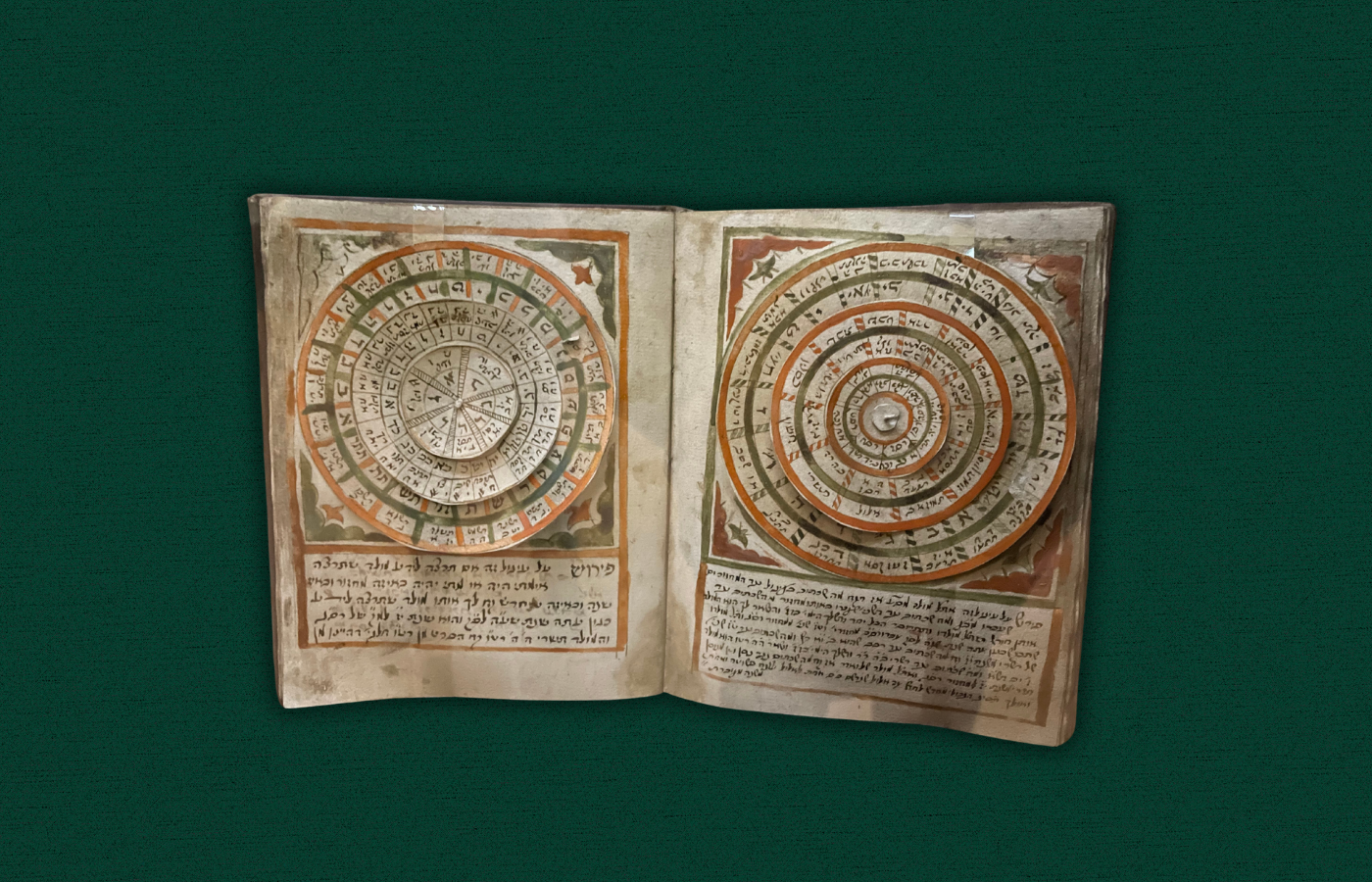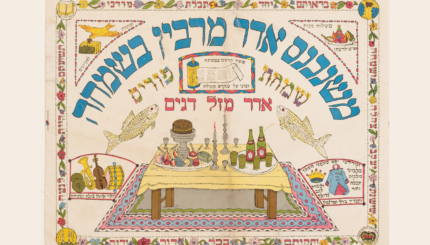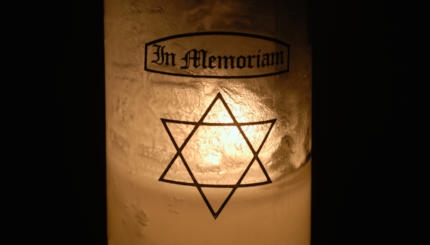The Jewish year has 12 Hebrew months which are each 29 or 30 days long, following the cycles of the moon. Since the 12 lunar months fall significantly short of a solar year, in some years a 13th month — a second month of Adar — is added. The two Adars that year are distinguished as Adar I (also called Adar Rishon or Adar Aleph) and Adar II (also Adar Sheni or Adar Bet). This system ensures that the Jewish holidays, many of them tied to specific seasons (Sukkot at fall harvest, Passover in spring) do not migrate around the solar year.
The Jewish calendar operates on a 19-year cycle during which there are always seven leap years, on the 3rd, 6th, 8th, 11th, 14th, 17th, and 19th years of the cycle.
How long has the Jewish calendar had leap years?
The Jewish calendar has had leap years for thousands of years, but they have not always been calculated in the same way. During Temple times, leap years were determined by committee each spring. The Sanhedrin, the high Jewish court, would consider whether there were adequate signs of spring in the natural world and then decide whether or not the year required an additional month:
On account of three signs do they intercalate (i.e., add a leap month to) the year: the grain, produce on the tree, lateness of the spring equinox.
Tosefta Sanhedrin 2:2
Fourth-century Roman persecution put an end to the Sanhedrin. Around this time, according to Jewish tradition, a rabbi named Hillel II (not to be confused with Hillel the Elder) recommended switching to a fixed calendar that uses a 19-year cycle with seven embedded leap years. This system is still in use today.

Help us keep Jewish knowledge accessible to millions of people around the world.
Your donation to My Jewish Learning fuels endless journeys of Jewish discovery. With your help, My Jewish Learning can continue to provide nonstop opportunities for learning, connection and growth.
Learn more about how the Jewish calendar works here.
Purim in Leap Years
Purim is marked each year on the 14th of Adar. During a leap year, Purim is celebrated in Adar II.
The Mishnah explains that if Purim is celebrated during Adar I and then the year is intercalated (and a second Adar is added), Purim must be celebrated a second time. Once the calendar was fixed, it was possible to know ahead of time when there would be a second Adar and so, to avoid celebrating Purim twice each year, the sages placed Purim in Adar II.
But why did the Mishnah require celebrating Purim during the second month of Adar in the first place? Most likely to keep a consistent spacing between Purim and Passover (which falls in the next month, Nisan), as the Talmud states:
Rabbi Tavi said: The reason for the opinion of Rabban Shimon ben Gamliel is that juxtaposing the celebration of one redemption, Purim, to the celebration of another redemption, Passover, is preferable.
Megillah 6b:27
In leap years, the 14th and 15th of Adar I are known as Purim Katan (literally “Small Purim”). According to the Shulchan Aruch, a 15th-century law code, Purim Katan is not a full-blown Purim celebration, but it is a time of increased joy. The sorrowful Tachanun is omitted from daily prayers, and mourning activities such as fasting or delivering a eulogy are forbidden. Some also have the custom of eating a special or particularly delightful meal on Purim Katan.
Yahrzeits in Leap Years
If the death occurred during a leap year, the yahrzeit is marked once in the same month as the death, either Adar I or Adar II. If the death occurred in the month of Adar during a non-leap year, most Jewish legal authorities (in accordance with Shulchan Aruch Orach Chayim 568:7) hold that it is marked during Adar II. Likewise, birthdays, bar/bat mitzvahs and other observances tied to a specific date in Adar are held in the leap month. This includes Moses’ birthday and yahrzeit, both on the 7th of Adar (Deuteronomy 32:48–52).
Some Ashkenazi communities have the custom to observe an Adar yahrzeit twice during leap years, once during each Adar; this originates in an alternative interpretation of the Shulchan Aruch by Rabbi Moses Isserles, a 16th-century Jewish law authority also known as the Rema.
Torah Portions in Leap Years
The Torah is divided into 54 portions that are read over the course of a year in synagogue — enough for one portion every week of a leap year. During non-leap years, when there are only 50 weeks, some of these portions are doubled up so that the entire Torah is still read over the course of the year.




